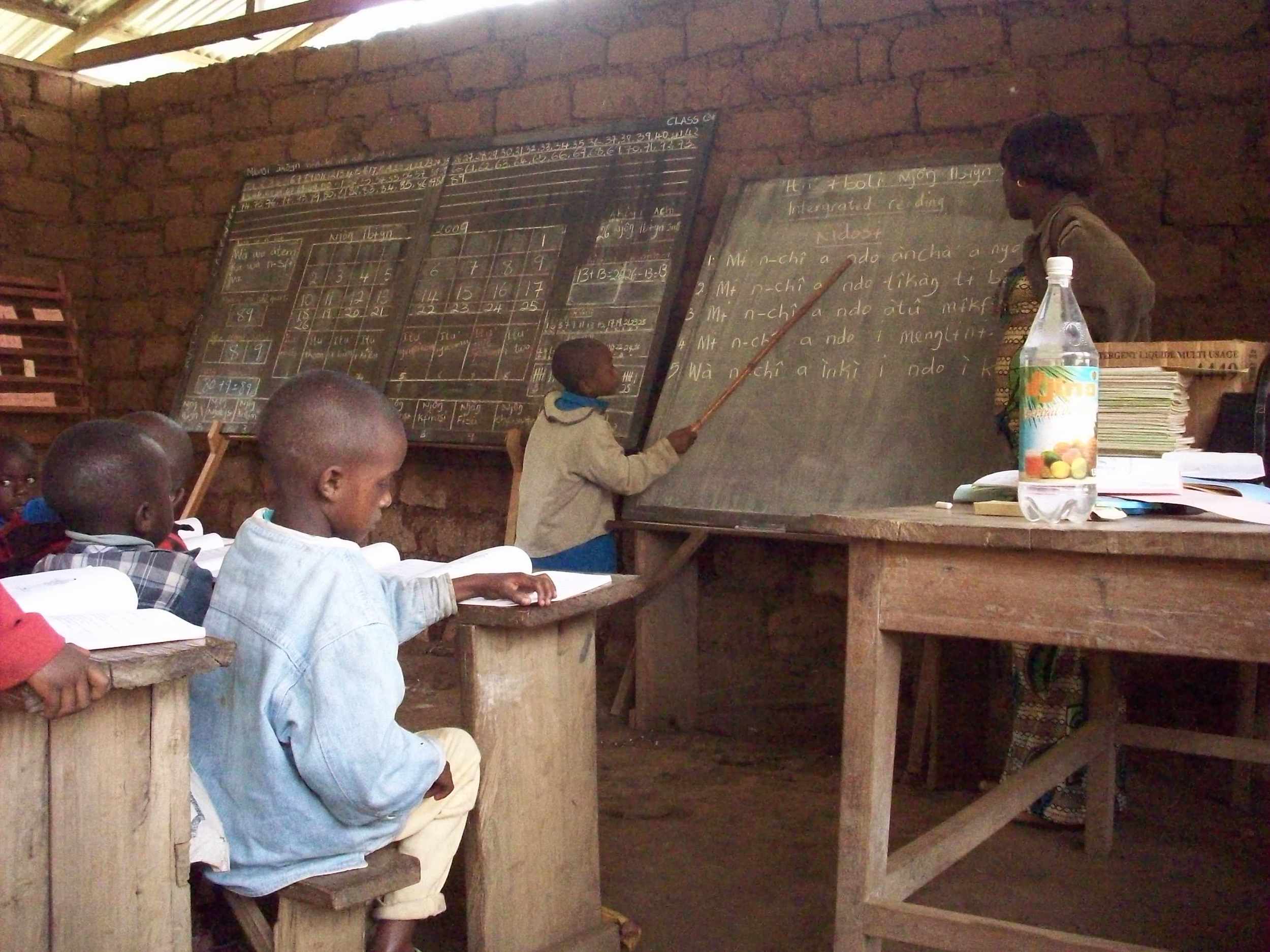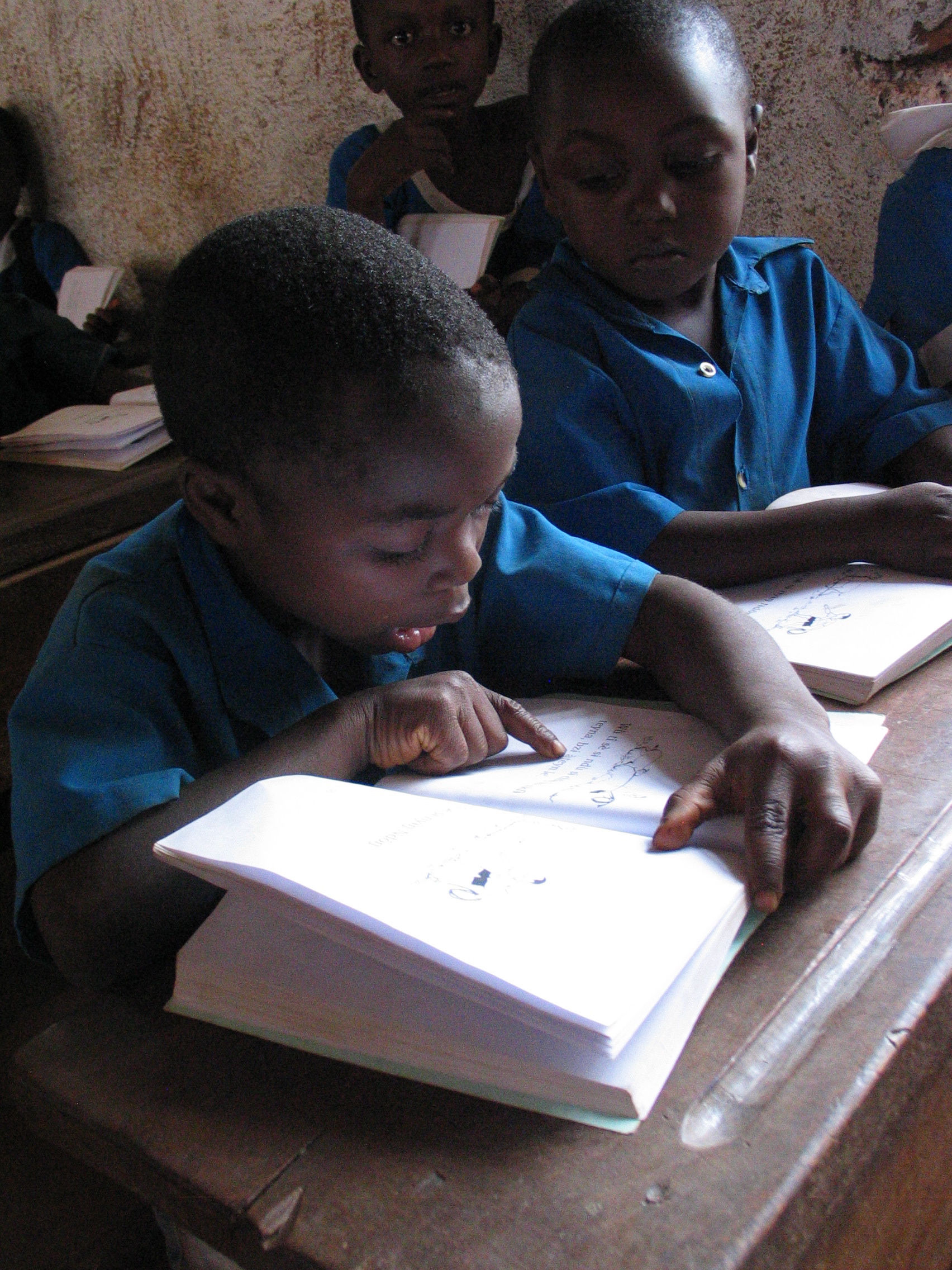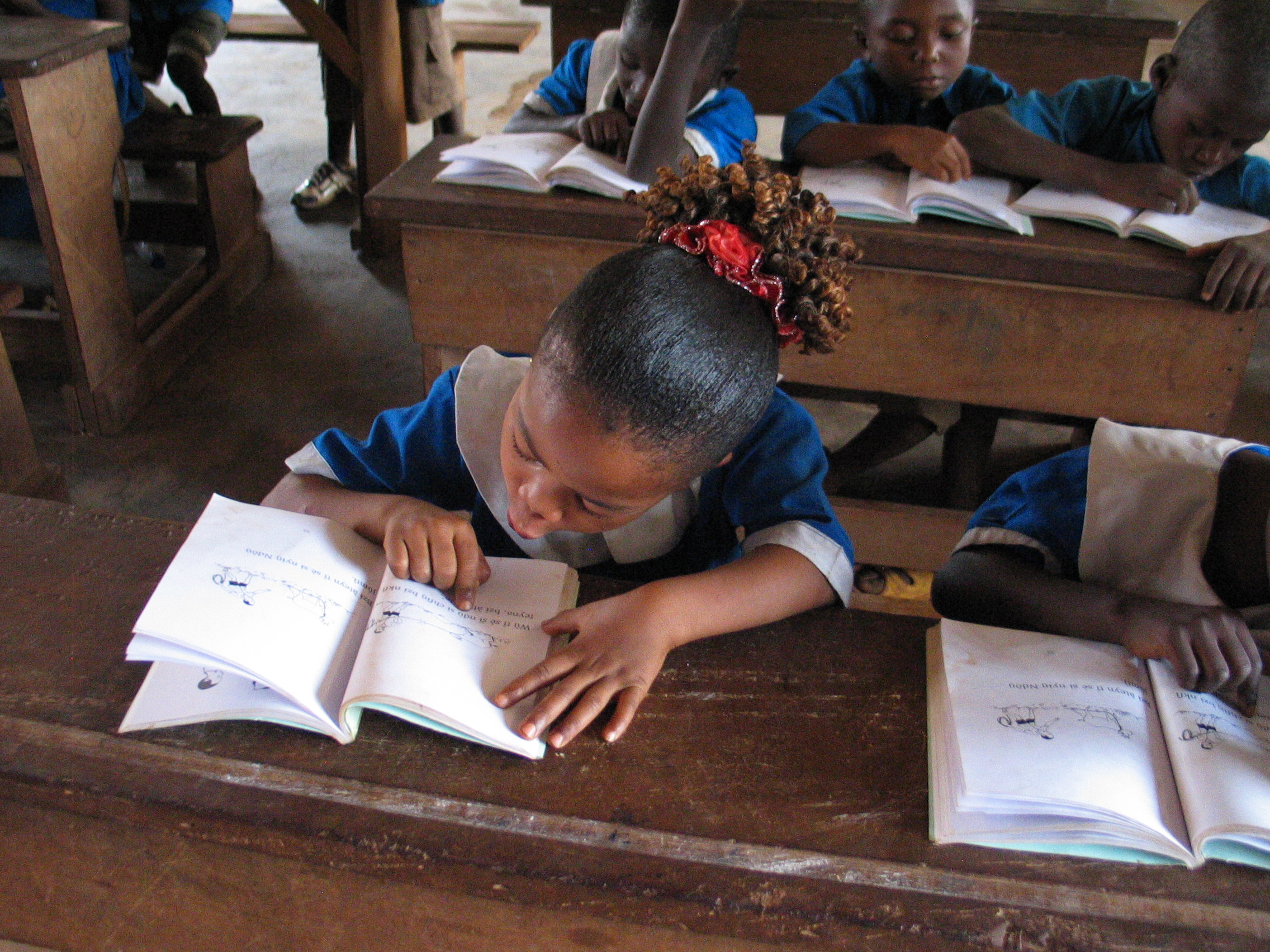HIV and AIDS Case Study: Kande’s Story
/“I have been attending HIV and AIDS seminars but I had never come to understand well about it. However, I will live to remember this week, for from my own language I have learned more about this epidemic than what was taught to me for the last 20 years.”
Kande’s Story is a true-to-life short story based on a Nigerian pastor’s account of the ravages of AIDS in his community. In the story, Kande is a 12-year-old African girl whose father and mother die of AIDS. She and her five siblings are left as orphans and must fend for themselves.
Simply told and illustrated, readers of all ages are able to follow the storyline in their own language as Kande and her siblings encounter problems and dangers trying to survive. People in their community, especially believers from the local church, help them in their time of need.
Kande’s Story has essential health information concerning HIV and AIDS packaged in a five-chapter story. The story and illustrations are laid out in a master book (or ”shellbook”) ready to translate the content and adapt the book to the language and cultural setting in which it will be used.
“This is my story. I thought I was the only one who had this problem, but I actually see now that there are others.”
Often health workers assume that people will understand material disseminated in world languages like English or French or national languages like Swahili or Bahasa Indonesia. Translating Kande’s Story into local languages has proven more effective in engaging readers, allowing them to more fully understand the story.
The story also incorporates the role that African Churches can play in reaching out to those in need, linking it to foundational Biblical principles. Church leaders testify that now they have a tool to help address the stigma and break the silence surrounding HIV and AIDS in their congregations.
Providing people with an avenue to talk about and constructively respond to the disease according to their circumstances and in their language has been a significant step towards addressing AIDS at the most local level, where its impact is the most substantial.
One Kenyan Church group made plans to build a shelter and make a garden for a family of orphans after the first lesson of Kande’s Story.
Another class of 70 participants agreed to go to the local clinic and get tested for HIV together.
Kathie Watters, a Scripture use consultant for the Africa Region of SIL International, developed the Kande’s Story toolkit, which has now been translated and distributed in 24 countries and almost 200 languages.
For more information or a free download of the Kande’s Story toolkit, visit the Bloom Library. The information can be freely distributed; Watters and SIL ask only that the contents of the story be maintained, credit given appropriately, and electronic copies of new translations shared freely with others.
Additional links for Kande’s Story:
A CBN news story from Uganda: http://www.cbn.com/cbnnews/world/2010/April/Kandes-Story-Helps-Africans-Fight-HIV-AIDS/
A magazine article from DRC: http://wordalive.wycliffe.ca/stories/hope-in-the-midst-of-hiv-aids
An MP4 video from Burkina Faso: http://vimeo.com/10686678










